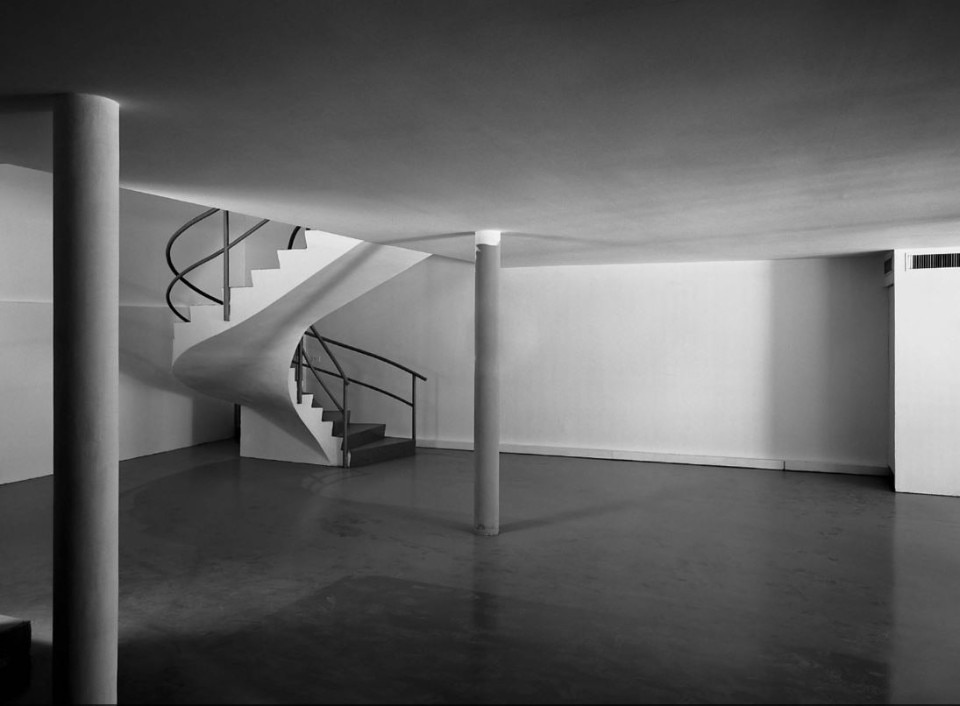The permanent element of major ephemeral events is always represented by architecture, and in the case of the Venice Biennale this component has been a structural part of its DNA since the beginning. During Common Ground, the Biennale curated in 2012 by David Chipperfield, an exhibition called “Common Pavilions” invited, through a series of literary and photographic essays on the national pavilions, to become witnesses to the process of studying and understanding architecture. It was about the “aesthetic dignity of the state of waiting”, as Gabriele Basilico wrote in October 2012 on issue 962 of Domus, commenting on his images of the empty pavilions, caught in the intermediate time between one exhibition and the next.
.png.foto.rmedium.png)
For me the Venice Biennale has always been an enchanted spot. More than anywhere else I’ve travelled to, the strategy of encounter and waiting is incarnated in the approach route: train station, vaporetto, Grand Canal, lagoon, and finally the landing at the Giardini. A place more seductive than this, as the site of a contemporary art fair, remains unimaginable.
The Serenissima’s only large public gardens host a citadel of small, symbolic buildings. In their vocation to be pavilions, they are the protagonists, the witnesses to an international community that gathers to experience and exchange shared values through art. This citadel is a place of identities and differences, the comparison of which leads to dialogue: an exercise in real democracy, where art becomes one of the few vectors able to promote its process and motivations. Adele Re Rebaudengo, Roger Diener and I decided to portray this spellbinding place during the prolonged lethargy into which the Giardini sink for the rest of the year. A visit to the Giardini in that period is a haunting experience, without the Biennale’s massed human invasion, when the pavilions are solitary buildings abandoned in expectation, alone in their silent physical presence. We observed them in their latent state, without the hubbub of exhibitions consumed.
.png.foto.rmedium.png)
Here I must confess my old love for the taxonomic work of the great photographic artists Bernd and Hilla Becher. Their method influenced my first project, Milan. Portraits of Factories, which to me was a way of observing unknown fragments of my native city, and also a way to put everything on the same level; to propose, by means of photographs, a democratic “iconi-city” (as Luigi Ghirri described it). So we decided to adopt a not too dissimilar approach to the Venetian pavilions. Of course the aim was not to remove these barely known buildings from their marginal obscurity, but to bring out the aesthetic dignity that their state of waiting, almost like silent meditation, allows us to perceive with increased acuity.
Gabriele Basilico
.png.foto.rmedium.png)
Understanding architecture
The identity of architecture and its perception is the subject of the Common Pavilions installation by curators Diener & Diener with Gabriele Basilico in Venice’s Giardini. The “Common Ground” indicated by David Chipperfield as the Biennale’s main theme is treated as the sharing not only of a space, but also of the concepts that inform architectural culture, as belonging to architects, designers and all those wishing to observe it. The reading room created at the Palazzo delle Esposizioni, in the Giardini, recounts the architecture of the Biennale’s 29 national pavilions (as well as the bookshop), through different media: the essays of 33 architects, artists, philosophers and architecture historians – exhibited on paper and circulated via podcast – and the photographic essay by Gabriele Basilico (curated by Adele Re Rebaudengo).
Loredana Mascheroni
Opening image: Israeli Pavilion, Zeev Rechter, 1952. From Domus 962, October 2012


